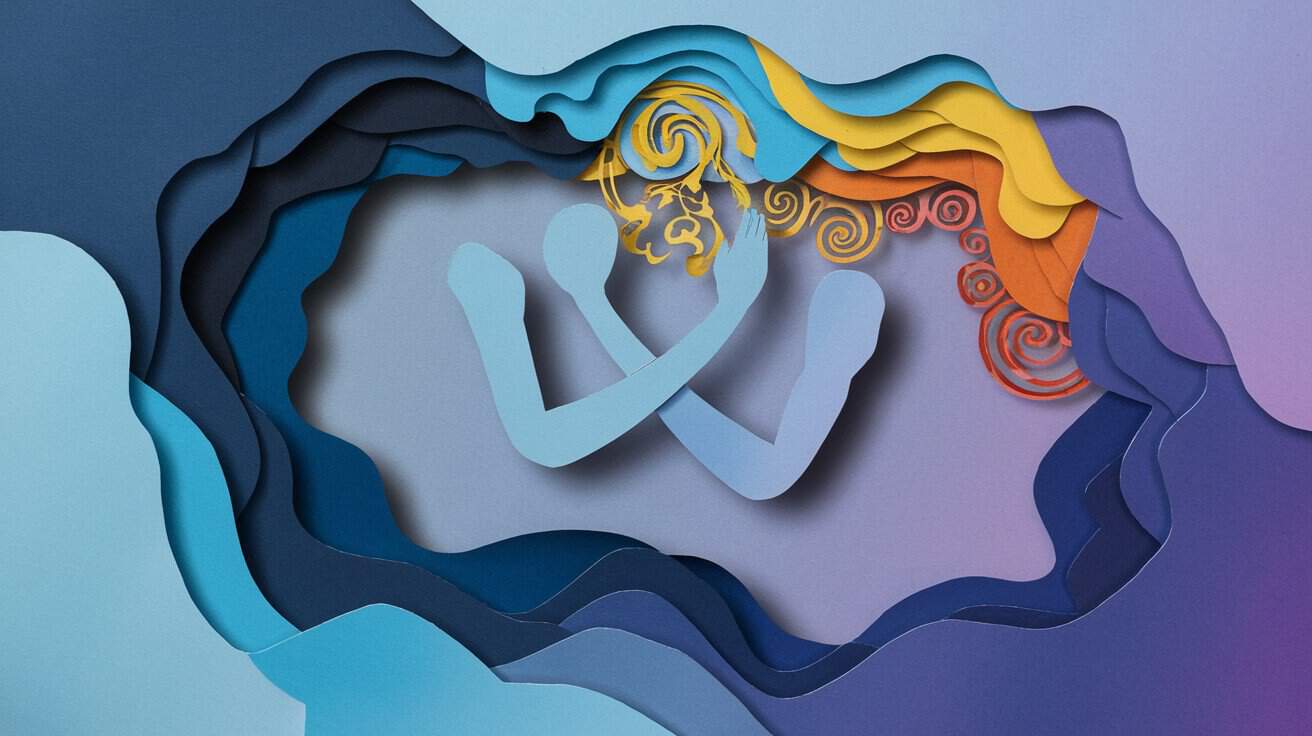I know what it feels like to wake up and feel the weight of both anxiety and depression pressing down. That familiar tightness in your chest, the racing thoughts, and the deep exhaustion that makes even simple tasks feel overwhelming. If you’re struggling with these feelings, you’re not alone – and more importantly, there are ways to cope and find hope again.
Understanding the Dance Between Anxiety and Depression
Depression and anxiety often move together like reluctant dance partners. While depression pulls you down into stillness, anxiety pushes you into overdrive. It’s a confusing and exhausting combination that affects millions of people. According to recent studies, nearly half of those diagnosed with depression also experience anxiety.
When I first learned about this connection, it helped me understand why traditional advice for one condition sometimes fell short. You can’t simply “calm down” when depression is draining your energy, nor can you “just get moving” when anxiety has you frozen in fear.
Recognizing Your Personal Pattern
The first step in coping with depression and anxiety is understanding how they show up in your life. For me, anxiety appears first as scattered thoughts and physical tension, while depression sneaks in as a gradual loss of interest in things I usually enjoy.
Common signs to watch for:
- Racing thoughts alongside feeling emotionally numb
- Physical symptoms like chest tightness or fatigue
- Difficulty sleeping, either too much or too little
- Avoiding social situations while craving connection
- Trouble making decisions or focusing
Building Your Daily Coping Toolkit
Through years of working with both conditions, I’ve learned that small, consistent actions often work better than trying to make dramatic changes. Here’s what has helped me and many others:
1. Gentle Movement
When depression says “stay in bed” and anxiety says “you should be doing everything,” try this instead: take a five-minute walk. Just to the end of your driveway and back if that’s all you can manage. The goal isn’t exercise – it’s simply changing your physical state.
2. Mindful Breathing
I used to roll my eyes at breathing exercises until I learned this simple trick: breathe out longer than you breathe in. It naturally calms your nervous system. Try breathing in for 4 counts and out for 6.
3. Small Victories
Depression can make everything feel pointless, while anxiety makes everything feel urgent. Break tasks into tiny pieces. Making your bed becomes simply straightening one corner. Sending an important email becomes just opening your inbox.
Creating a Supportive Environment
Your environment can either fuel or calm the anxiety-depression cycle. I’ve found these adjustments helpful:
- Reduce clutter in your main living space
- Create a cozy corner for comfort
- Keep healthy snacks easily accessible
- Have a “worry box” for anxious thoughts
- Maintain a simple routine, but be gentle with yourself when you can’t follow it
Reaching Out and Accepting Help
One of the cruelest aspects of depression and anxiety is how they convince us to isolate ourselves right when we need connection most. Remember this: reaching out isn’t weakness – it’s wisdom. Instead of withdrawing from loved ones, we should seek their support, as connection can be a powerful antidote to our struggles. Engaging in therapeutic techniques for depression, such as mindfulness or cognitive behavioral strategies, can also help bridge the gap between our inner turmoil and the support we desperately need. Remember, taking the first step toward reaching out not only fosters healing but also reinforces the idea that we are not alone in our battles. By seeking support from friends, family, or professionals, we can begin to dismantle the barriers that mental health struggles create. There are also natural methods for overcoming depression that can be effective, such as engaging in physical activity, practicing mindfulness, and finding joy in creative outlets. Embracing these approaches can help us reclaim our sense of purpose and foster a deeper connection with ourselves and others.
Consider:
- Talking to a trusted friend or family member
- Finding a therapist who understands both conditions
- Joining a support group (online options are available)
- Consulting with your doctor about treatment options
Moving Forward with Self-Compassion
Recovery isn’t linear. Some days you’ll feel stronger, others you’ll need to just hold on. That’s okay. What matters is that you’re still here, still trying.
Remember these truths:
- Your worth isn’t measured by your productivity
- Healing takes time and patience
- Small steps forward are still progress
- You deserve support and understanding
If you’re struggling right now, please reach out to a mental health professional or call your country’s crisis helpline. You don’t have to figure this out alone.
Take a deep breath. You’ve already shown strength by seeking information and understanding. That’s not a small thing – it’s a crucial first step. Keep going, one tiny step at a time. There’s hope in each new moment, even when you can’t feel it yet. As you navigate through your thoughts and emotions, remember that it’s okay to feel uncertain and overwhelmed. Embrace the journey of finding peace in existential dread, recognizing that you are not alone in this experience. Each moment of reflection and acceptance brings you closer to understanding your place in the world, and with time, the weight will lift just a little more.
What small step can you take today to support yourself? Sometimes just asking that question is enough to begin shifting toward hope.


